A year ago, lean was the name of the game in supply chain management. Companies were focused on reducing the total inventory wrapped up in their supply chains to free up working capital and to reduce inventory cost. With the advent of COVID-19 this year, many companies began to realise the risks associated with being ultra-lean. Lean supply chains are typically more vulnerable to disruption. They simply cannot maintain service to customers when disruption strikes.
So if you are thinking about beefing up your inventories to be more prepared for the next disruption, what are the associated costs? Here is a breakdown of inventory carrying cost:
- Capital costs (~15% of product value per year) – Capital costs are indirect costs associated with having money tied up with inventory, including capital interest and opportunity costs.
- Risk costs (~6% of product value) – Inventory risk costs are
the costs associated with the possibility that inventory on hand will not be sold. They include costs associated with expiry and damage to goods.
- Service costs (~2%) – Inventory service costs include taxes, insurance, and systems associated with maintaining inventory.
- Storage space costs (~2%) – Inventory storage costs include warehouse rent or lease costs, warehouse utilities, and maintenance.
Increasing inventory will have additional cost impacts on labor costs and working capital. If you do choose to increase your inventories to be better prepared when the next disruption strikes, do not forget to account for these indirect costs associated with increased inventory!






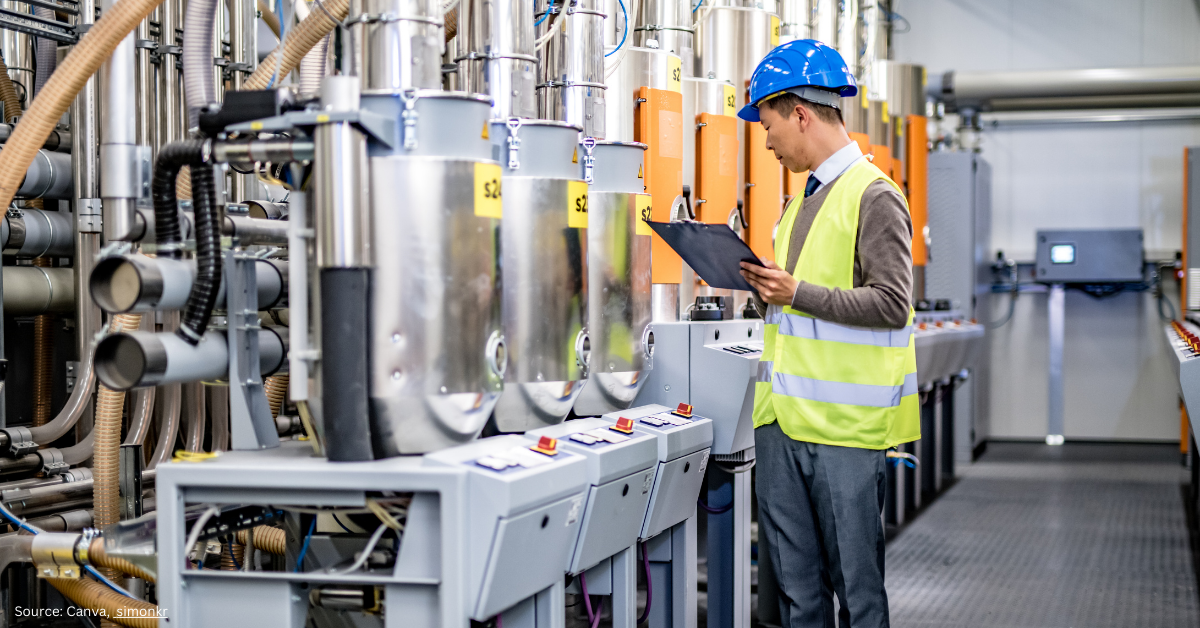
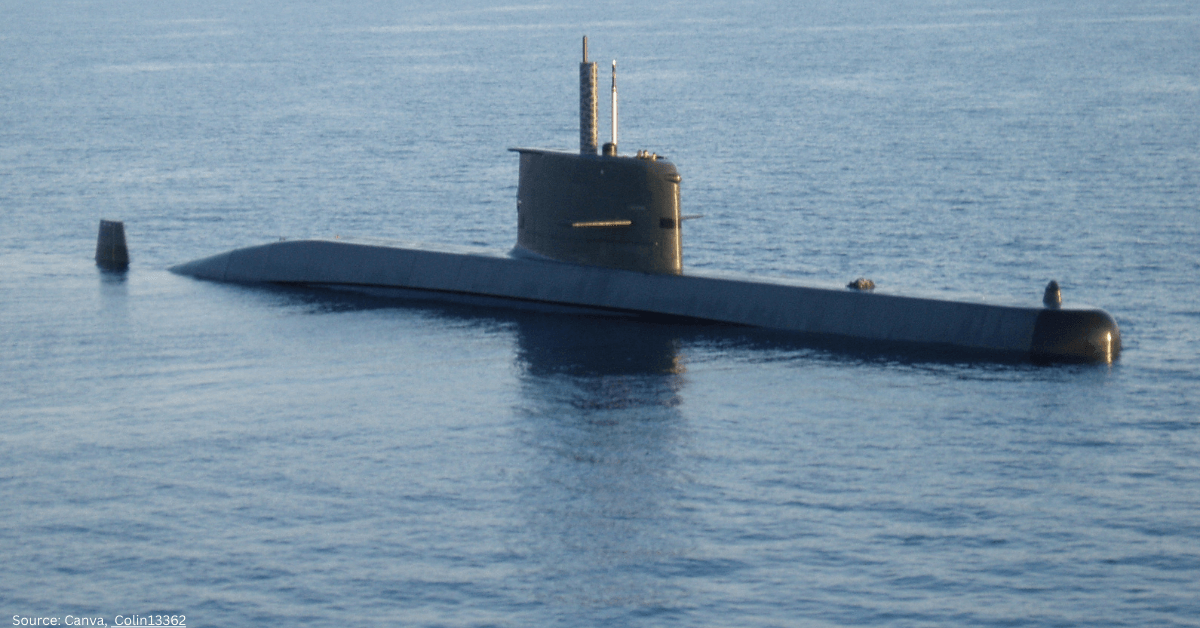



























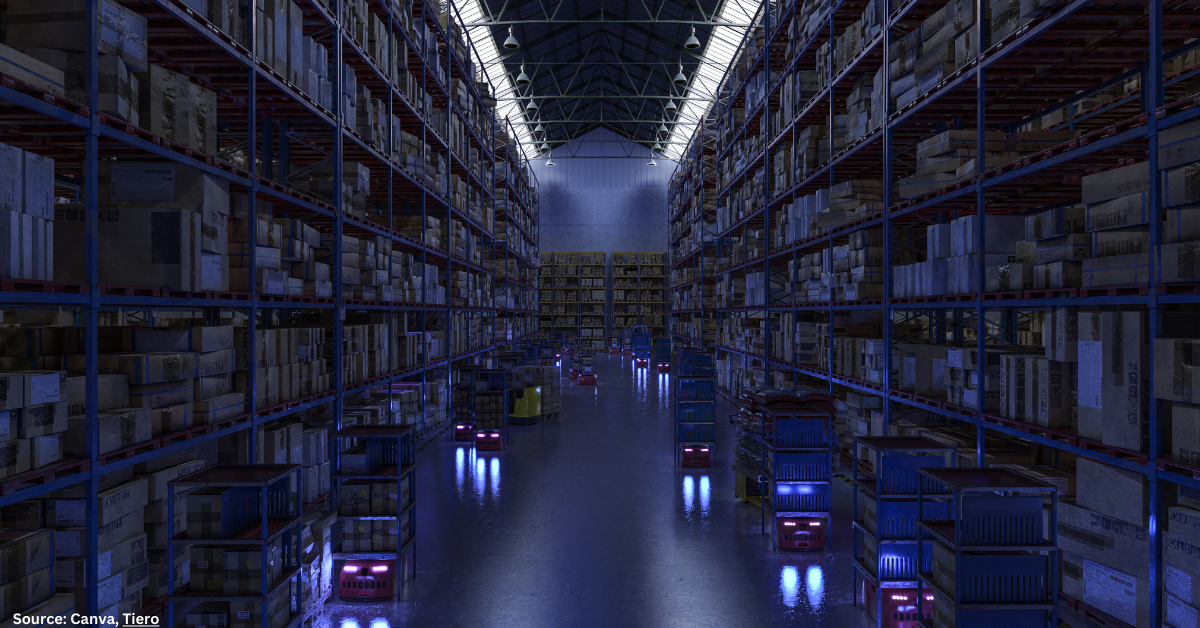
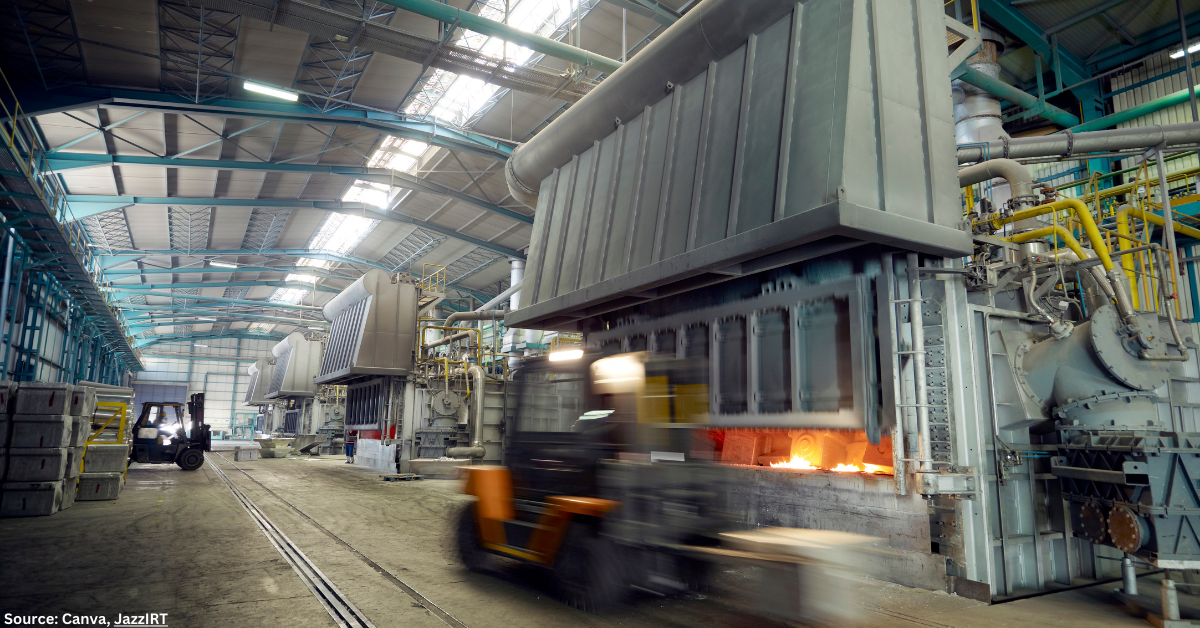
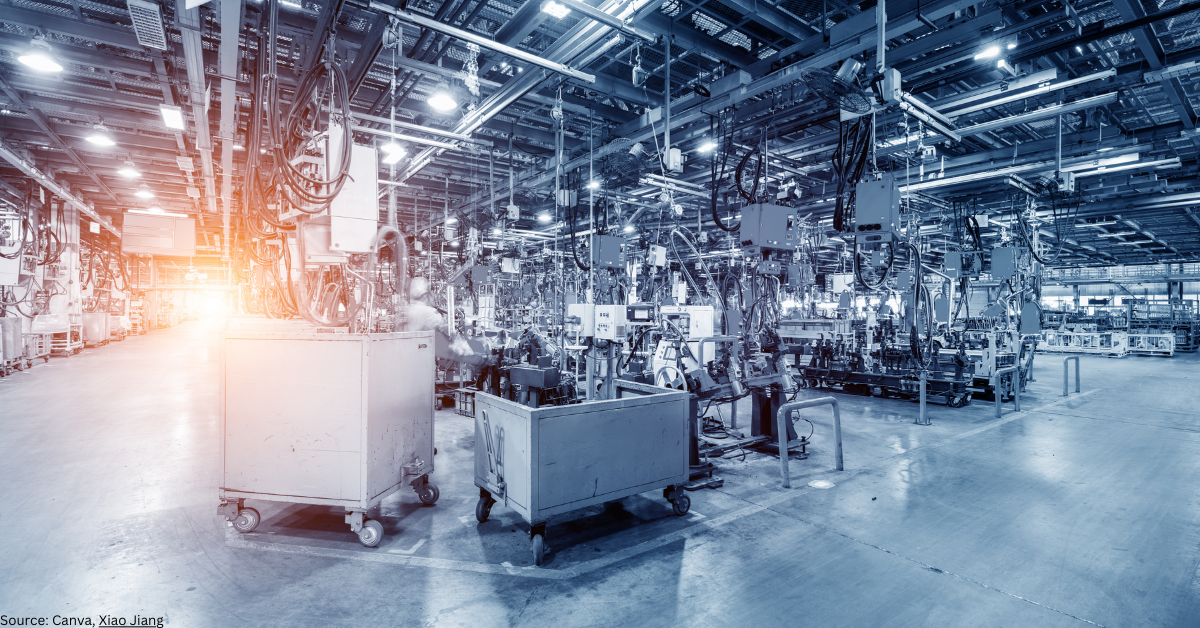
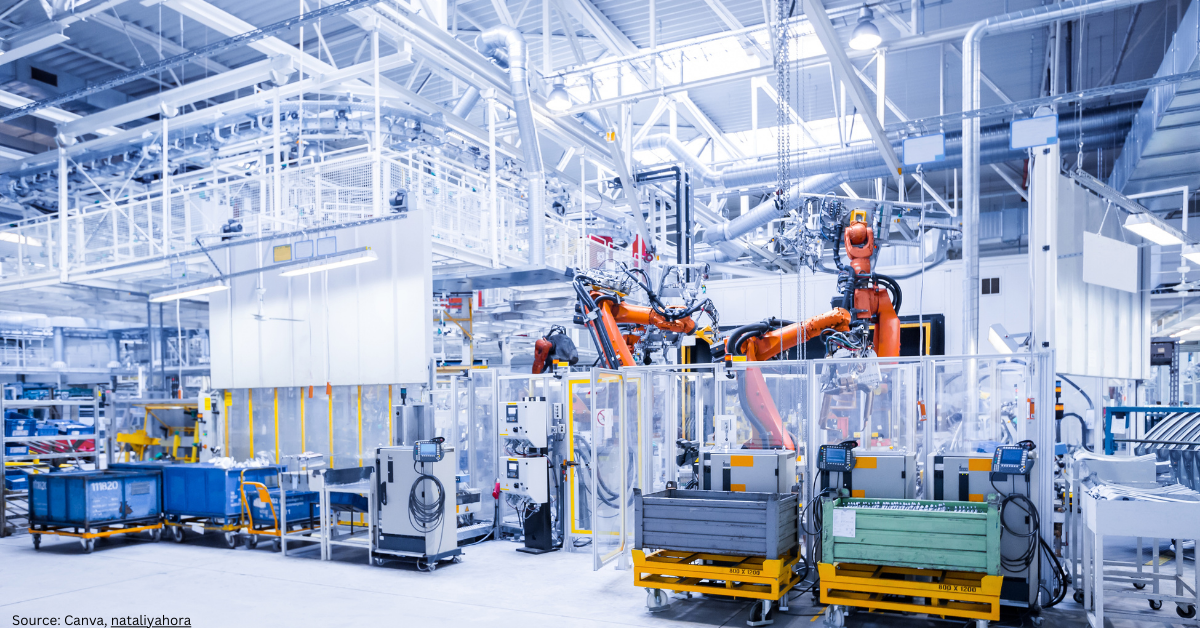






















Follow us on social media